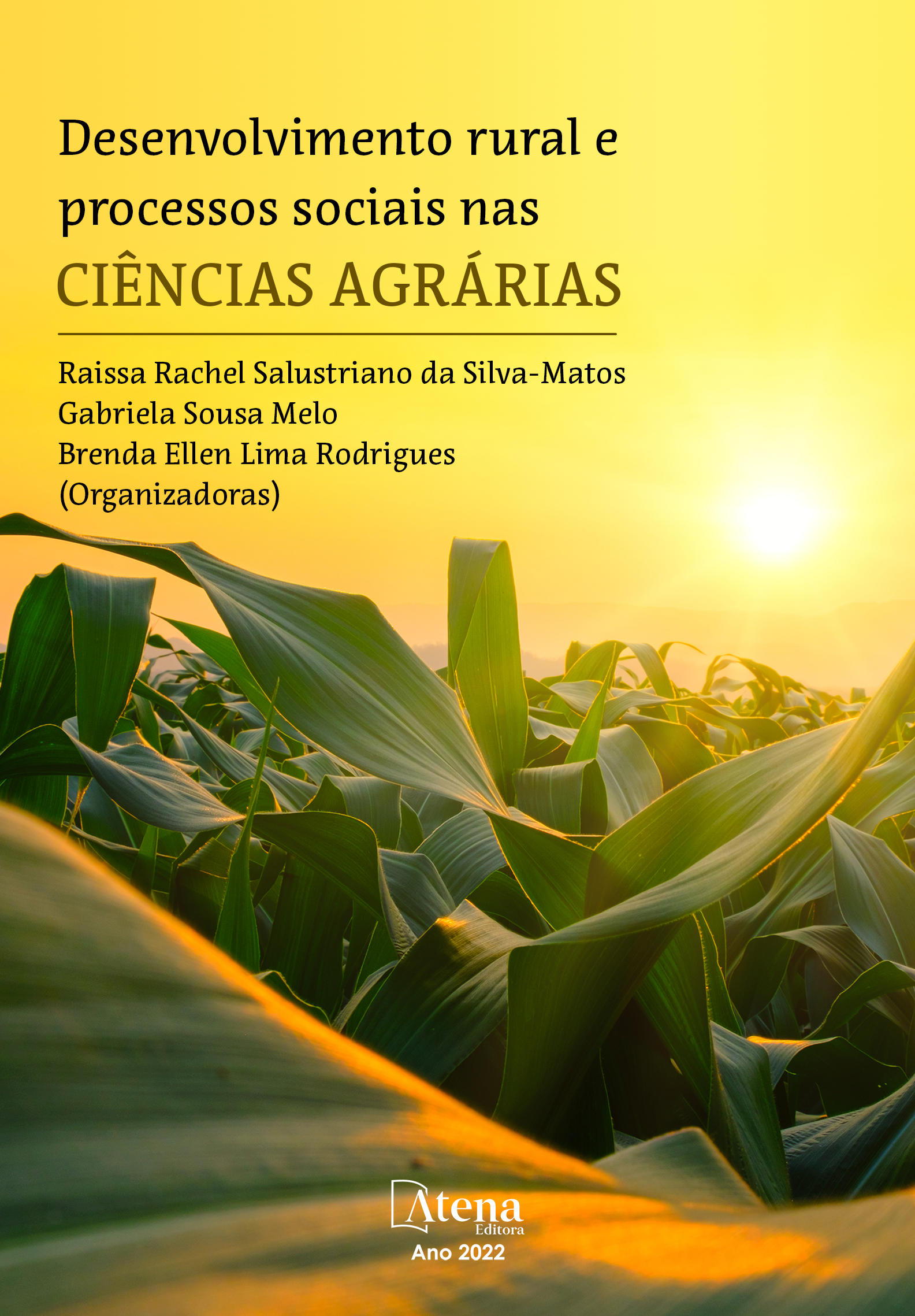
FLUXO DE ABASTECIMENTO DE ALFACE E SUAS VARIEDADES: PRINCIPAIS REGIÕES DE ORIGEM E DESTINO
O presente trabalho tem como objetivo apresentar o fluxo entre as regiões de produção e de comercialização da alface nos anos de 2016 a 2020. Para alcançar o propósito deste estudo, a pesquisa tem abordagem exploratória-descritiva e utilizou informações secundárias, principalmente, do site da Companhia Nacional de Abastecimento (CONAB), particularmente a base de dados da PROHORT – SIMAB. Os resultados alcançados foram que no período levantado na presente pesquisa, de 2016 a 2020, foi comercializada cerca de 461 mil toneladas da alface. Quando se atenta a nível regional, identifica-se que a região Sudeste é a maior fornecedora com mais de 66% de participação, seguidas pela região Sul e Nordeste. Estas três regiões participaram com aproximadamente 98% de todo o abastecimento do país. Destaca-se também que cerca de 98% da distribuição/comercialização está vinculada a estas três regiões. Em se tratando de importância estadual, o estado de São Paulo, Ceará e Paraná, se destacam como principais destinos em suas respectivas regiões, enquanto na região Norte, somente o estado do Acre foi abastecido. Já para o fornecimento do produto (origem) os principais estados fornecedores, dentro das suas respectivas regiões, foram os mesmos estados de destino. As variedades observadas, no período considerado, foram a crespa, lisa, mimosa e romana, sendo a variedade crespa a principal variedade comercializada com 71,73. Em média, para os anos de 2016 a 2020, a comercialização da alface crespa, ficou, particularmente, entre São Paulo e Paraná, tanto no fornecimento 99,38%, quanto no abastecimento 99,64%. Conclui-se que o presente trabalho contribuiu na análise do fluxo entre as regiões de produção e de comercialização da folhosa mais consumida no país: a alface. Além disso, sugere-se como estudos futuros, trabalhos sobre as perdas de hortaliças na etapa pós-colheita e mais ainda aqueles que se relacionam diretamente com o transporte da alface.
FLUXO DE ABASTECIMENTO DE ALFACE E SUAS VARIEDADES: PRINCIPAIS REGIÕES DE ORIGEM E DESTINO
-
DOI: 10.22533/at.ed.64622310112
-
Palavras-chave: fluxo, origem, destino, alface
-
Keywords: flow, origin, destination, lettuce
-
Abstract:
The present study aims to present the flow between the regions of production and commercialization of lettuce in the years 2016 to 2020. To achieve the purpose of this study, the research has an exploratory-descriptive approach and used secondary information, mainly, from the website of Companhia Nacional de Abastecimento (CONAB), particularly the PROHORT - SIMAB database. The results achieved were that in the period surveyed in the present research, from 2016 to 2020, about 461 thousand tons of lettuce were sold. When looking at the regional level, it is identified that the Southeast region is the largest supplier of lettuce with more than 66% of participation, followed by the South and Northeast regions. These three regions accounted for approximately 98% of the country's total supply. It is also noteworthy that about 98% of distribution / marketing is linked to these three regions. In terms of state importance, the state of São Paulo, Ceará and Paraná stand out as the main destinations in their respective regions, while in the North region, only the state of Acre was supplied. As for the supply of the product (origin), the main supplier states, within their respective regions, were the same destination states. The varieties observed, in the period considered, were curly, smooth, mimosa and roman, with the curly variety being the main variety sold with 71.73. On average, for the years 2016 to 2020, the commercialization of crespa lettuce was, particularly, between São Paulo and Paraná, both in supply 99.38%, and in supply 99.64%. It is concluded that the present work contributed to the analysis of the flow between the production and commercialization regions of the most consumed hardwood in the country: lettuce. In addition, it is suggested as future studies, work on the losses of vegetables in the post-harvest stage and even more those that are directly related to the transport of lettuce.
-
Número de páginas: 16
- Adriana Estela Sanjuan Montebello
- Jeronimo Alves dos Santos
- Maria Thereza Macedo Pedroso
- Marta Cristina Marjotta-Maistro


